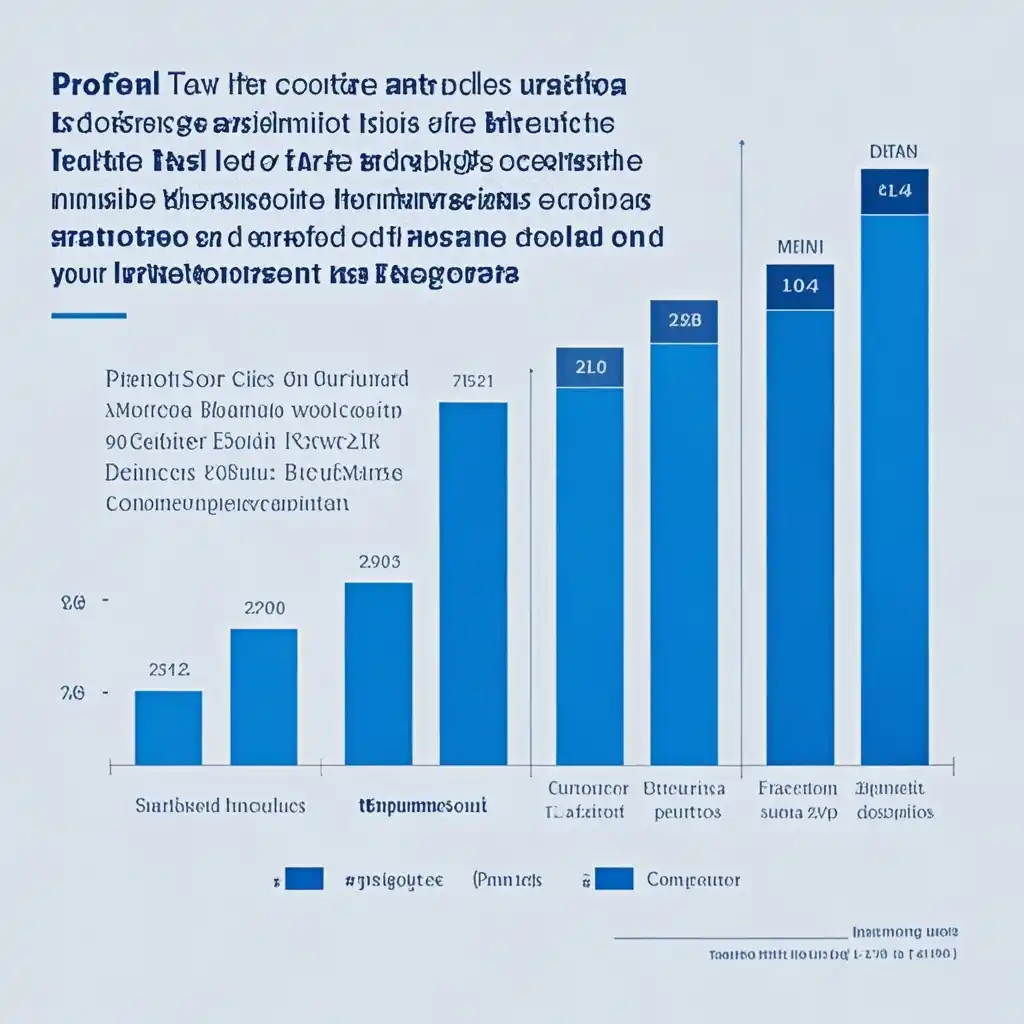

Background In the era of globalization, cross - border e - commerce has been booming. It has become an important part of international trade. The cross - border e - commerce industry associations play a crucial role in this process. They are supposed to coordinate the relationship between different parties in the industry, promote the healthy development of the industry, and also communicate with relevant government departments on policies. Tariffs and non - tariff policies (such as export restrictions, quality standards, and regulatory requirements) are two major types of trade policies that have a profound impact on cross - border e - commerce. For example, according to a report by a certain international trade research institute, in recent years, the global cross - border e - commerce market has maintained a high - growth trend. In 2020 alone, the global cross - border e - commerce trade volume reached approximately $1 trillion, with an annual growth rate of about 20% compared to the previous year. This rapid growth has made the impact of trade policies on it more prominent.
Policy Analysis
Tariffs
Tariffs are taxes imposed on imported or exported goods. In the context of cross - border e - commerce, tariffs can directly increase the cost of products. For instance, if a country imposes a 10% tariff on a certain type of electronic product imported through e - commerce channels, the price of this product for consumers will increase accordingly. This may lead to a decrease in the competitiveness of imported products in the domestic market.
Different countries have different tariff policies. Some developed countries may have relatively high tariffs on certain labor - intensive products to protect their domestic industries. For example, the United States has a certain level of tariff protection on textile products imported from some Asian countries.
Non - Tariff Policies
Non - tariff policies are more complex and diverse. Export restrictions can limit the supply of certain products in the international market. For example, some countries may restrict the export of rare earth resources, which will affect the production of relevant high - tech products in other countries' e - commerce markets.
Quality standards and regulatory requirements also play an important role. For example, the European Union has very strict quality and safety standards for food and cosmetics imported through e - commerce. If cross - border e - commerce enterprises cannot meet these standards, their products will not be able to enter the EU market. A study shows that about 30% of cross - border e - commerce enterprises in Asia have encountered difficulties in meeting the EU's quality and regulatory requirements.
Influence
On Consumers
Tariffs and non - tariff policies can have a significant impact on consumers. Higher tariffs may lead to higher prices for imported goods, reducing consumers' purchasing power. For example, if a consumer in country A used to buy a certain brand of clothing from an overseas e - commerce platform at a relatively low price, but after the imposition of a new tariff, the price of this clothing has increased by 20%, which may make the consumer choose domestic alternatives or reduce their consumption of this type of clothing.
Non - tariff policies related to quality and safety can also affect consumers. If a country tightens the quality inspection standards for imported cosmetics, consumers may face a situation where some of their favorite overseas cosmetic brands are no longer available on e - commerce platforms, or they need to pay more attention to product compliance when purchasing.
On E - commerce Enterprises
For e - commerce enterprises, tariffs increase their cost of goods sold. This requires them to either adjust their product pricing strategies or find ways to reduce costs in other aspects. For example, some cross - border e - commerce companies may try to source products from regions with lower tariffs or find more cost - effective logistics solutions.
Non - tariff policies pose challenges in terms of compliance. Enterprises need to invest a lot of resources to ensure that their products meet the quality, safety, and regulatory requirements of different markets. A survey of cross - border e - commerce enterprises in China found that about 40% of enterprises believe that non - tariff policies are one of the main factors affecting their overseas market expansion, and they need to spend an average of 10% - 15% of their annual revenue on compliance - related matters.
On Industry Associations
Cross - border e - commerce industry associations need to play a more active role in the face of these policies. They should help enterprises understand relevant policies in a timely manner, provide training on policy compliance, and represent the interests of the industry to communicate with relevant government departments. For example, some industry associations organize regular seminars on trade policies, inviting government officials and experts to explain new policies to enterprises. At the same time, industry associations can also promote the self - regulation of the industry, improve the overall quality and competitiveness of the industry, so as to better adapt to the impact of tariffs and non - tariff policies.
Conclusion Tariffs and non - tariff policies have a wide - ranging impact on cross - border e - commerce. They affect consumers, e - commerce enterprises, and industry associations at different levels. In order to promote the healthy development of cross - border e - commerce, countries should strive to formulate more reasonable tariff policies, simplify non - tariff measures, and improve transparency. For e - commerce enterprises, they should strengthen their understanding of international trade policies, improve their ability to adapt to policy changes, and continuously improve product quality and competitiveness. Industry associations should also play their roles more actively, promote communication and cooperation between different parties, and jointly create a good development environment for cross - border e - commerce.